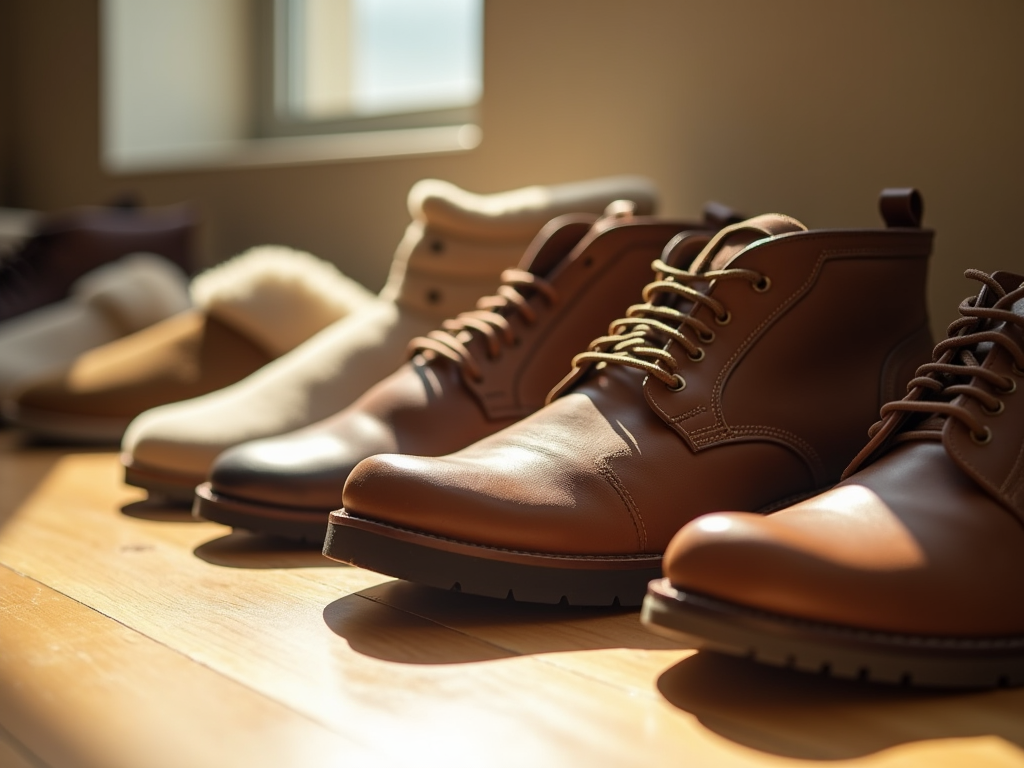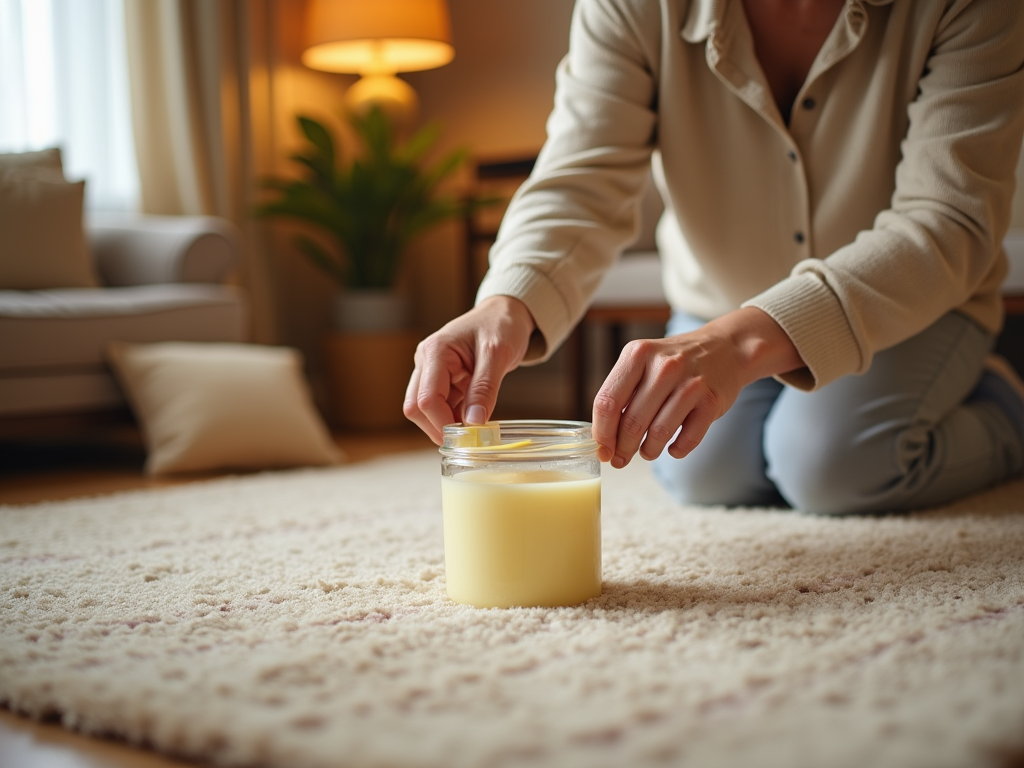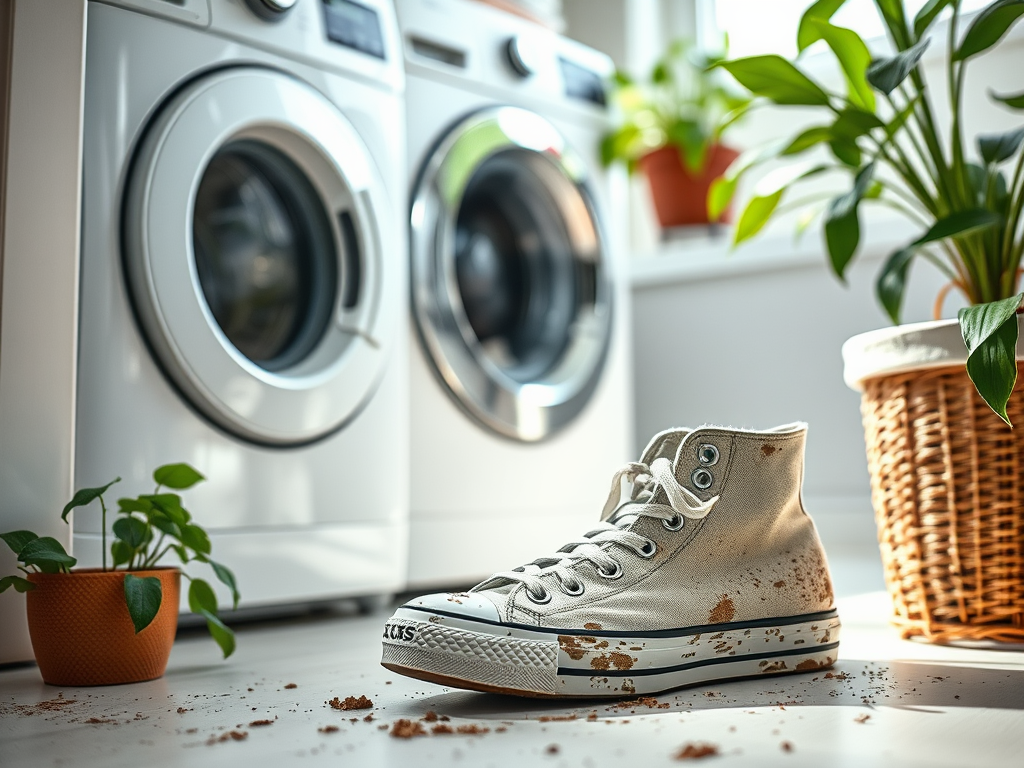Allowing shoes in your home is a personal decision that ultimately affects cleanliness and health. While some may view it as an essential part of hosting, others prioritize the hygiene aspect of a shoe-free environment. In this article, we explore expert opinions, health implications, and practical considerations to help you make an informed decision.
Hygiene Concerns and Health Implications

Health experts highlight that shoes can be a major source of dirt, bacteria, and allergens. They can track in harmful pathogens like E. coli and Clostridium difficile, contributing to potential health risks. Beyond harmful bacteria, shoes often bring in dust, pollen, and even chemicals such as pesticides. For households with children, this can pose a health risk as younger ones often play on the floor and have a developing immune system. Therefore, it’s crucial to weigh these factors when deciding your home’s shoe policy.
Flooring Considerations

The type of flooring you have can significantly influence your decision. Delicate surfaces such as hardwood or certain types of tile can get scuffed or scratched easily when people walk on them with shoes. Carpeting might trap dirt more than hard surfaces and can be challenging to clean. Considering these aspects can guide you on whether to implement a no-shoe policy. If preserving the condition of your flooring is a priority, a no-shoe rule might save on future repair expenses.
Social Norms and Cultural Practices
In many cultures, removing shoes before entering someone’s home is a sign of respect and cleanliness. Understanding the cultural expectations of both your family and your guests can affect how you set your shoe policies. Guests might feel more comfortable and welcome if house rules align with societal practices they are accustomed to. Social norms within your community can also play a role in deciding whether wearing shoes indoors is acceptable or frowned upon.
Practical Tips for Implementing a No-Shoe Policy
If you decide to implement a no-shoe policy, there are several practical steps to ensure its success. Consider the following strategies:
- Place a shoe rack or storage at the entryway to encourage shoe removal.
- Provide indoor slippers for guests for added comfort.
- Communicate your policy clearly and politely to visitors in advance.
- Regularly clean floors to maintain hygiene.
- Offer seating near the entrance to assist in putting on or removing shoes.
Conclusion
Ultimately, whether or not to allow shoes in your house depends on personal preferences, health considerations, cultural values, and practicality. By assessing the impact on hygiene, the type of flooring, cultural norms, and implementing thoughtful strategies, you can create a home environment that aligns with your values and comforts your guests. Making an informed decision ensures a harmonious balance between cleanliness, health, and hospitality.
Frequently Asked Questions
1. Is a no-shoe policy in the home common practice?
In many cultures and homes, a no-shoe policy is common and seen as a measure of respect and cleanliness. However, the choice varies based on individual preferences and cultural practices.
2. How do shoes affect indoor air quality?
Shoes can introduce dust, dirt, and allergens into the environment, which can negatively impact indoor air quality and trigger allergies for sensitive individuals.
3. Can shoes damage certain types of flooring more than others?
Yes, shoes, especially those with hard soles, can cause scratches and wear on delicate flooring like hardwood. Carpeting may trap more dirt, which can lead to premature wear if shoes are worn indoors.
4. What are some ways to manage a shoe-free home without offending guests?
Communicate the policy to guests ahead of time, provide indoor slippers, and offer a comfortable seating area for shoe removal at the entrance to minimize any discomfort.
5. Are there any health benefits to a no-shoe policy at home?
Yes, a shoe-free home can reduce exposure to harmful bacteria and allergens, improve indoor air quality, and lower the risk of spreading germs, thereby potentially reducing illness.



